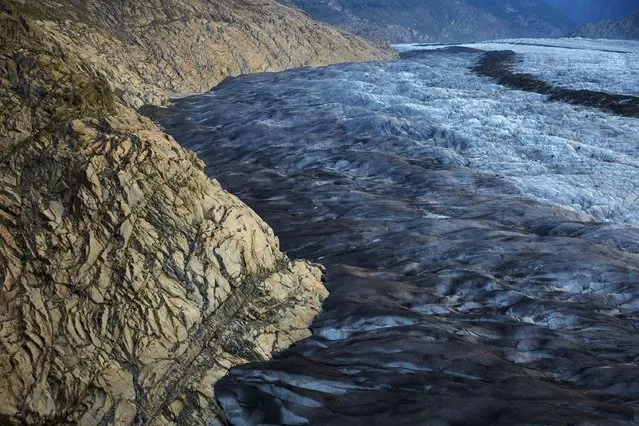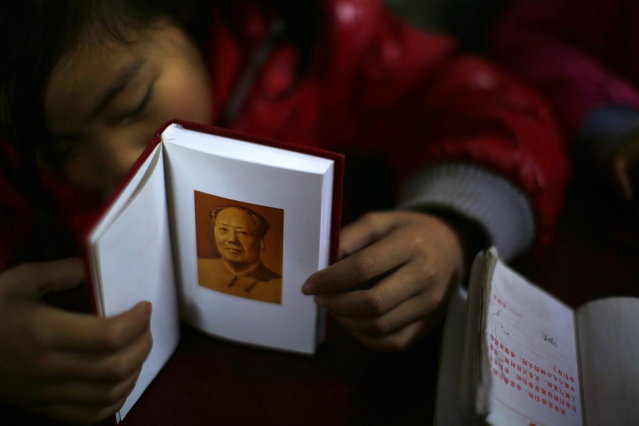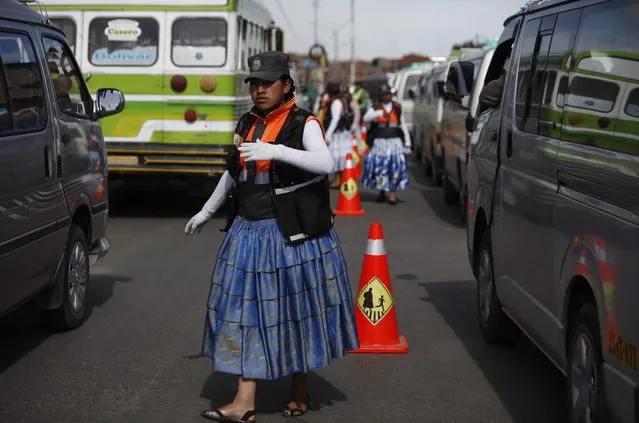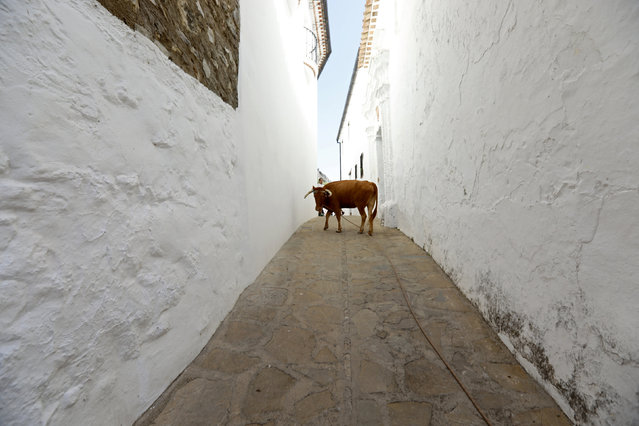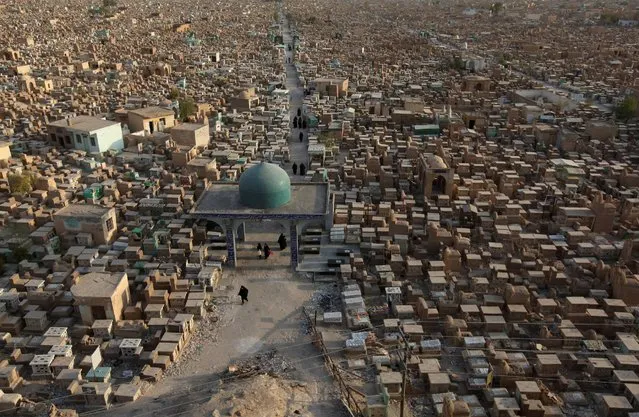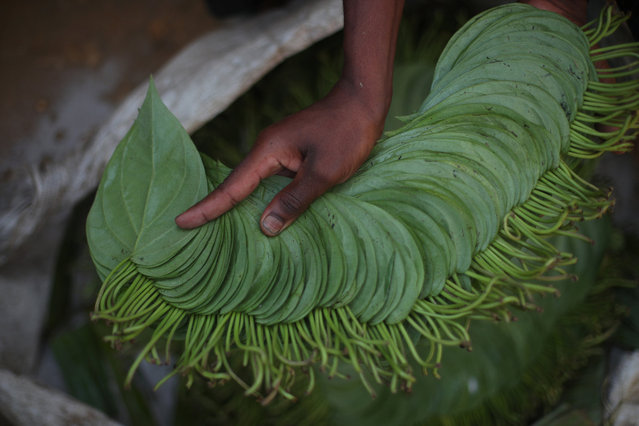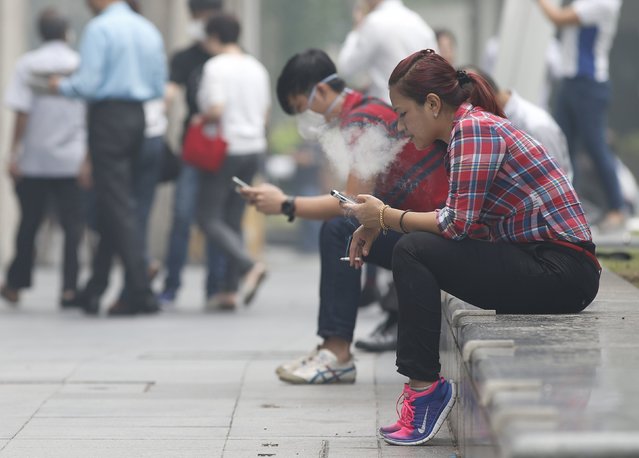
A woman smokes a cigarette next to man wearing a mask during lunch hour at the central business district in Singapore September 29, 2015. The 3-hour haze Pollutant Standards Index (PSI) reached a high of 173 at 8am on Tuesday, according to the National Environment Agency. Slash-and-burn agriculture in neighboring Indonesia has blanketed Singapore in a choking haze for weeks. (Photo by Edgar Su/Reuters)
02 Oct 2015 08:00:00,post received
0 comments

